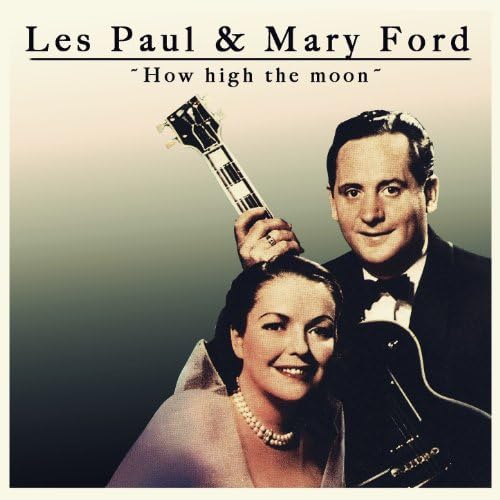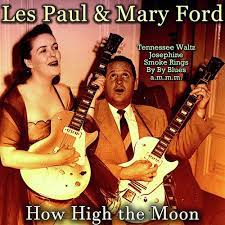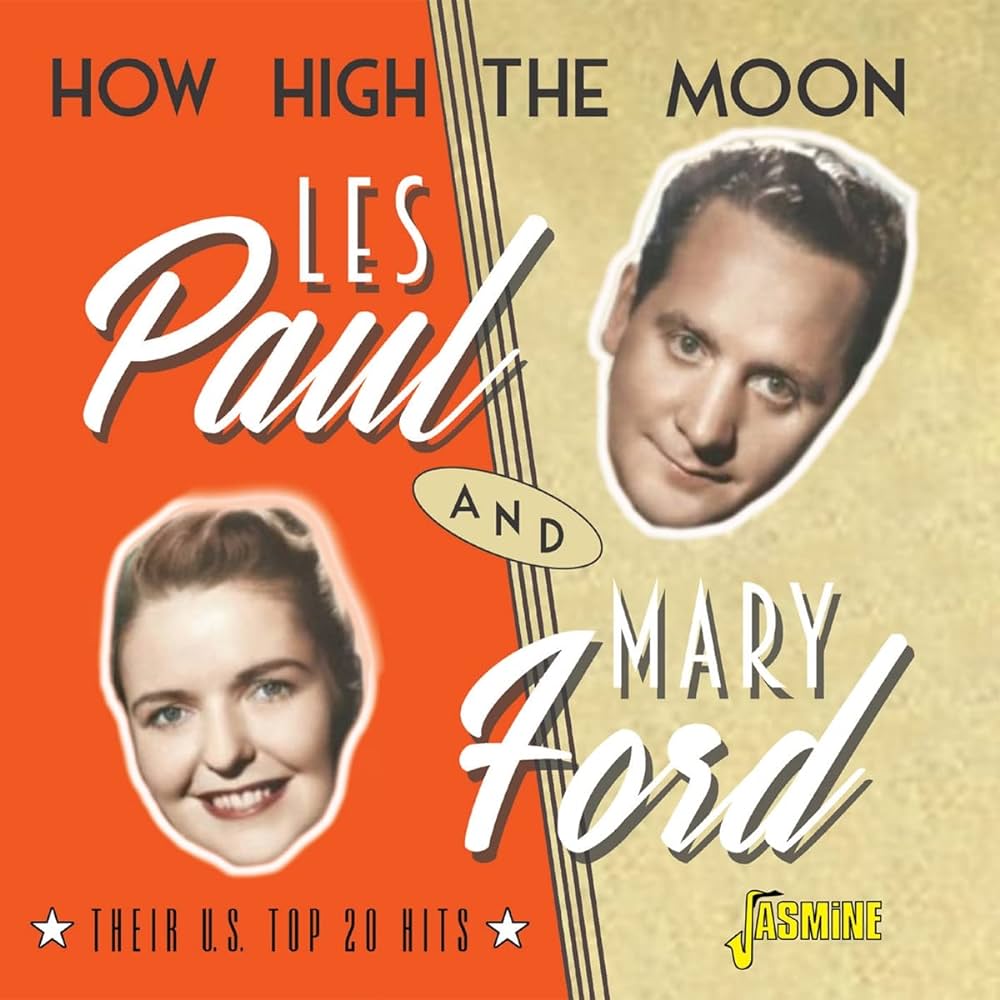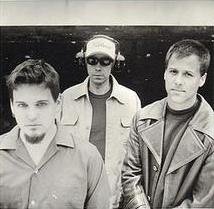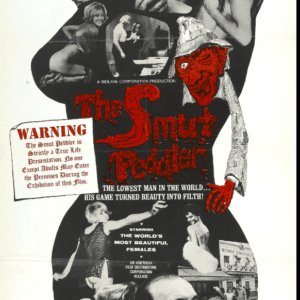Les Paul and Mary Ford – How High The Moon
Description
“How High the Moon” is a jazz standard with lyrics by Nancy Hamilton and music by Morgan Lewis. It was first featured in the 1940 Broadway revue Two for the Show, where it was sung by Alfred Drake and Frances Comstock. In Two for the Show, this was a rare serious moment in an otherwise humorous revue.
Recordings


The earliest recorded hit version was by Benny Goodman & His Orchestra, featuring vocalist Helen Forrest. It was recorded on February 7, 1940, and released by Columbia Records as catalog number 35391, with the flip side “Fable of the Rose”. The Les Paul Trio recorded a version released as V-Disc 540B with a spoken introduction which was issued in November, 1945 by the U.S. War Department. In 1948, bandleader Stan Kenton enjoyed some success with his version of the tune. The recording, with a vocal by June Christy, was released by Capitol Records as catalog number 911 (with the flip side “Willow, Weep for Me“) and 15117 (with the flip side “Interlude”). It reached the Billboard magazine Best Seller chart on July 9, 1948, its only week on the chart, at #27.
| “How High the Moon” | |
|---|---|
| Single by Les Paul and Mary Ford | |
| Released | March 26, 1951 (original release) |
| Recorded | January 4, 1951 |
| Studio | Les Paul and Mary Ford’s apartment home studio |
| Length | 2:07 |
| Label | Capitol Records |
| Songwriter(s) | Nancy Hamilton, Morgan Lewis |
| Producer(s) | Les Paul |
A recording of the song by Les Paul and Mary Ford was made on January 4, 1951. This version featured Paul on all guitars (lead, rhythm, muted strings for guitar percussion, and a bass line played on guitar). Ford’s lead vocals took three takes to record; since Paul and Ford recorded (at least Ford’s vocals) at night, she placed a blanket over her head so most of the sound would be directed towards the microphone and would not travel through the building and wake up neighbors. Regardless, while recording one of Ford’s harmony vocal parts, their neighbors complained about the noise. According to Paul, the final recording featured 12 guitar parts and 12 vocal parts.
The record was released on March 26 by Capitol Records as catalog number 1451, with the flip side “Walkin’ and Whistlin’ Blues”, and spent 25 weeks (beginning on March 23, 1951) on the Billboard chart, 9 weeks at #1. It was subsequently re-released by Capitol as catalog number 1675, with “Josephine” on the B-side. This version crossed over to the Most-Played Juke Box Rhythm & Blues Records chart, where it peaked at #2. This recording was inducted into the Grammy Hall of Fame in 1979 and is on the list of the Rock and Roll Hall of Fame and Museum of the Songs That Shaped Rock and Roll. In 2023, this version was included on the soundtrack of the film Asteroid City by Wes Anderson.
The song was sung in various recordings by Ella Fitzgerald, becoming (with the Gershwins‘ “Oh, Lady Be Good!“) Ella’s signature tune. She first performed the song at Carnegie Hall on September 29, 1947. Her first recording, backed by the Daydreamers, was recorded December 20, 1947, and released by Decca Records as catalog number 24387, with the flip side “You Turned the Tables on Me“. Her most celebrated recording of “How High the Moon” is on her 1960 album Ella in Berlin, and her version was inducted into the Grammy Hall of Fame in 2002, which is a special Grammy award established in 1973 to honor recordings that are at least twenty-five years old, and that have “qualitative or historical significance.”
The song has become a gypsy jazz standard and has been recorded by several musicians of the genre.


